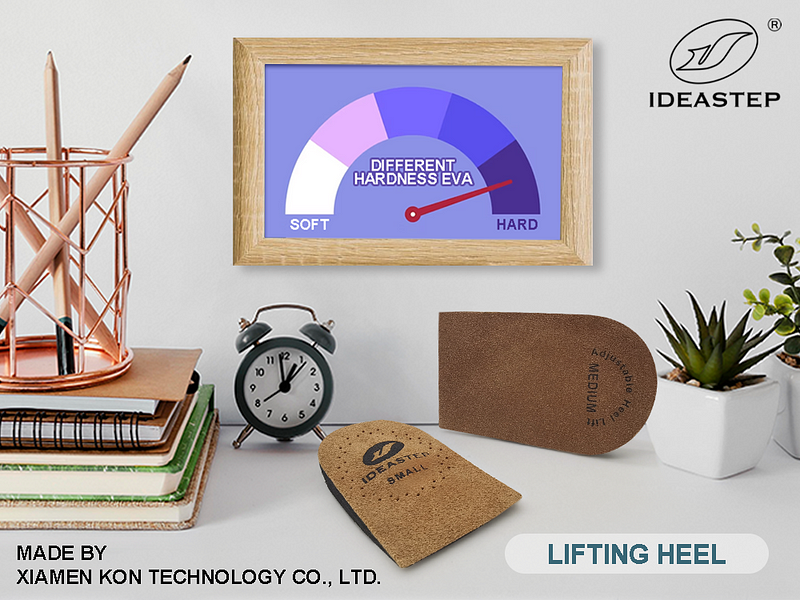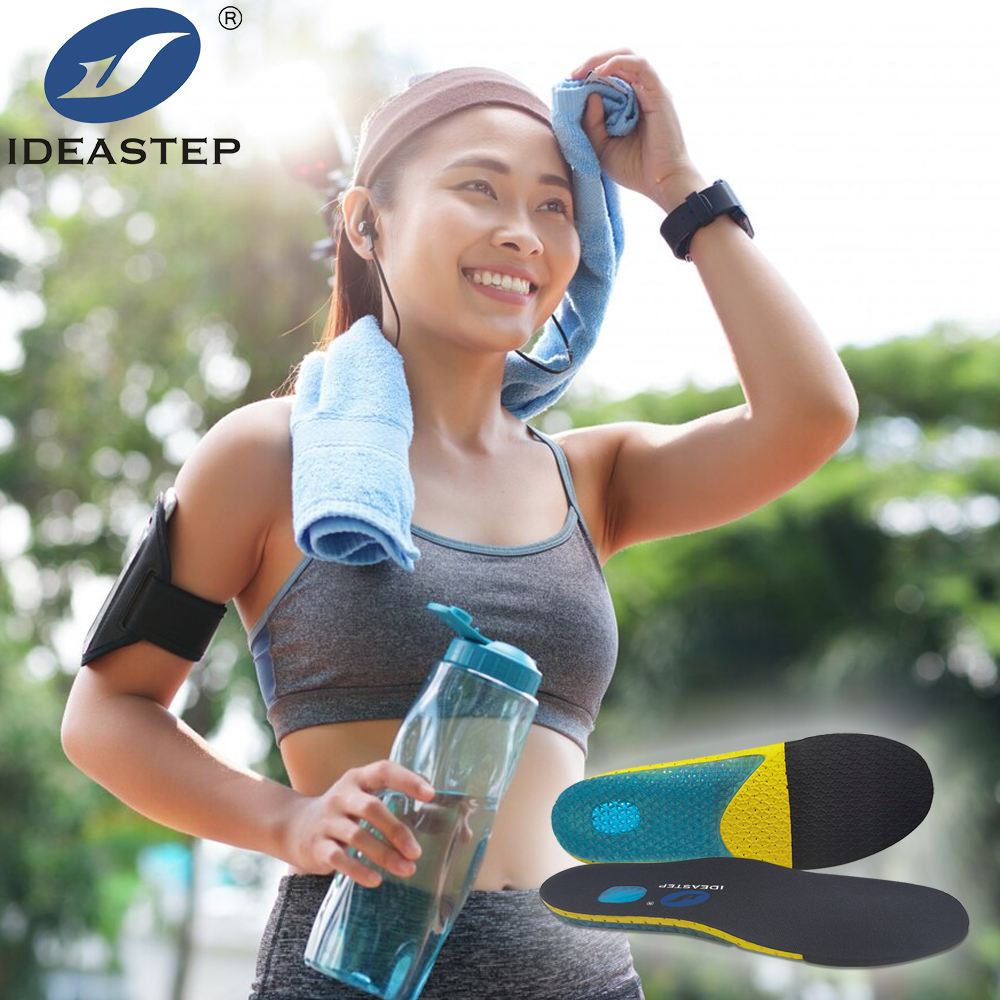Table of Contents
Introduction
The importance of heel pads in sport footwear lies in providing athletes with the required support, comfort, and protection that are highly necessary for going all out. For an athlete, a custom-designed heel pad specifically for different sports can change the whole experience. This paper will move on to result in the prime steps in designing heel pads—assessment, including factors to consider, usual areas of difficulty, and the customization process.

1. Knowing Your Heel Pads and Their Function
What Are Heel Pads?
Heel pads are cushioning elements placed in the heel area of the footwear, which absorb the impact to reduce the stress experienced by the foot. They play an important role in improving comfort and protecting the foot from injury caused by repetitive stress and high-impact activities.
Why Custom Heel Pads Are Important
Customized heel pads could be fabricated to correct any sports-specific requirements. This advantage is very useful since generic pads cannot solve the characteristics of each and every sport. The subtle areas which these heel cups address need to be considered in various sports.
- Better Shock Absorption Endowed to the Body
- Personalized Alignment
- Personalized Comfort
The last two give the strengths and confidence for the athlete to perform better without injuries.
Material Selection
Selection of material is a very crucial first step in designing heel pads. Most of the time, EVA foam is used because it possesses great cushioning ability. Gel can serve to absorb the impact, while memory foam provides fit made to personal comfort. The choice depends upon the nature of the sport.
Design Consideration
Key design elements would be the thickness of the pad, the cushioning level it offers, and the kind of support offered. Pads with greater thickness and more cushioning will require being used for high-intensity sports while smaller, lighter, and more flexible pads can be considered for those requiring more agility.

2. Customization Process for Various Sports
Running and Jogging
For running, heel pads should put much emphasis on shock absorption and comfort. Design that incorporates extra cushion and support in high-impact areas to minimize potential injuries and offer overall comfort for long runs.
Basketball
Basketball should necessitate heel pads to merge impact protection and lateral support. Further, designs are in need of elements that would cushion the landing of a high-impact leap to stabilize the foot against fast side-to-side movements.
Soccer
Heel pads in soccer must be lightweight and flexible because of the amount of speed and dynamic movements the game demands. Great cushioning needs to be offered, but it should not hinder the agility of the move.
Tennis and Other Court Sports
Tennis and other court sports also require that the heel pads provide stability to support quick changes of direction that are always associated with such games. Design in this should, therefore, ensure that the heel pad is firm but with considerable flexibility for quick and easy lateral movements.

3. Testing and Iteration
Prototyping and Feedback
Prototyping and direct testing with athletes will be necessary to perfect the designs of heel pads. Feedback collected will highlight areas that need improvement, showing that the right design has been attained to meet the needs of the sport.
Performance-Based Modifications
Performance data from athletes and feedback may require changes in order to optimize the design. Iterative testing and refinement will ensure that the heel pads deliver comfort and support as desired.

4. Common Challenges and Solutions
Comfort versus Performance
One challenge being pointed out is the balancing act between cushioning and support. Too much cushioning may result in a trade-off with respect to stability, and too little cushioning may become painful for the wearer. It can be addressed to some extent by careful design and material selection.
Durability Issues
A heel pad must be durable enough to withstand the rigorous ground actions of the various sports. This can be addressed to some extent by the use of high-quality materials and durability testing.
Cost Considerations
The process of designing heel pads is costly, especially for high-quality material. It requires proper planning and efficient production processes to control the cost without compromising on performance.
5. Conclusion
Custom heel pads offer a great deal of advantages to athletes in terms of tailored support, better comfort, and protection against any possible injury. Efficient, custom-made heel pads that will help every sportsman achieve even better sports results and maintain better foot health may be prepared-so that such people can benefit from a dynamic, qualitative life.

Frequently Asked Questions
How long does it take to design and manufacture custom heel pads?
The design and production deadline on this development may vary in time due to complexity and material procurement, but tends more towards a few weeks from design to full production.
Can I substitute custom heel pads in the other kind of sport shoe since I find their usage attractive?
Definitely yes. The custom heel pad can be designed to fit into the other kind of sports footwear appropriately, bearing in mind that it will be serving a different kind of sport.
Which are the most appropriate materials in shorter processes to design a durable and comfortable heel pad?
Most commonly, the more comfortable materials for most custom-made heel pads are made from EVA rubber, gel, and memory foam. It would all depend on the sport and the design materials necessary.
How do I get started on the design for my sport?
You will first assess your sport’s functional needs, choose materials, and collaborate with a design professional. Put on one of the prototype designs to assess it in terms of performance; you will need to get feedback in order to refine the product.

